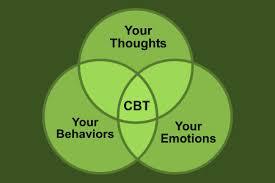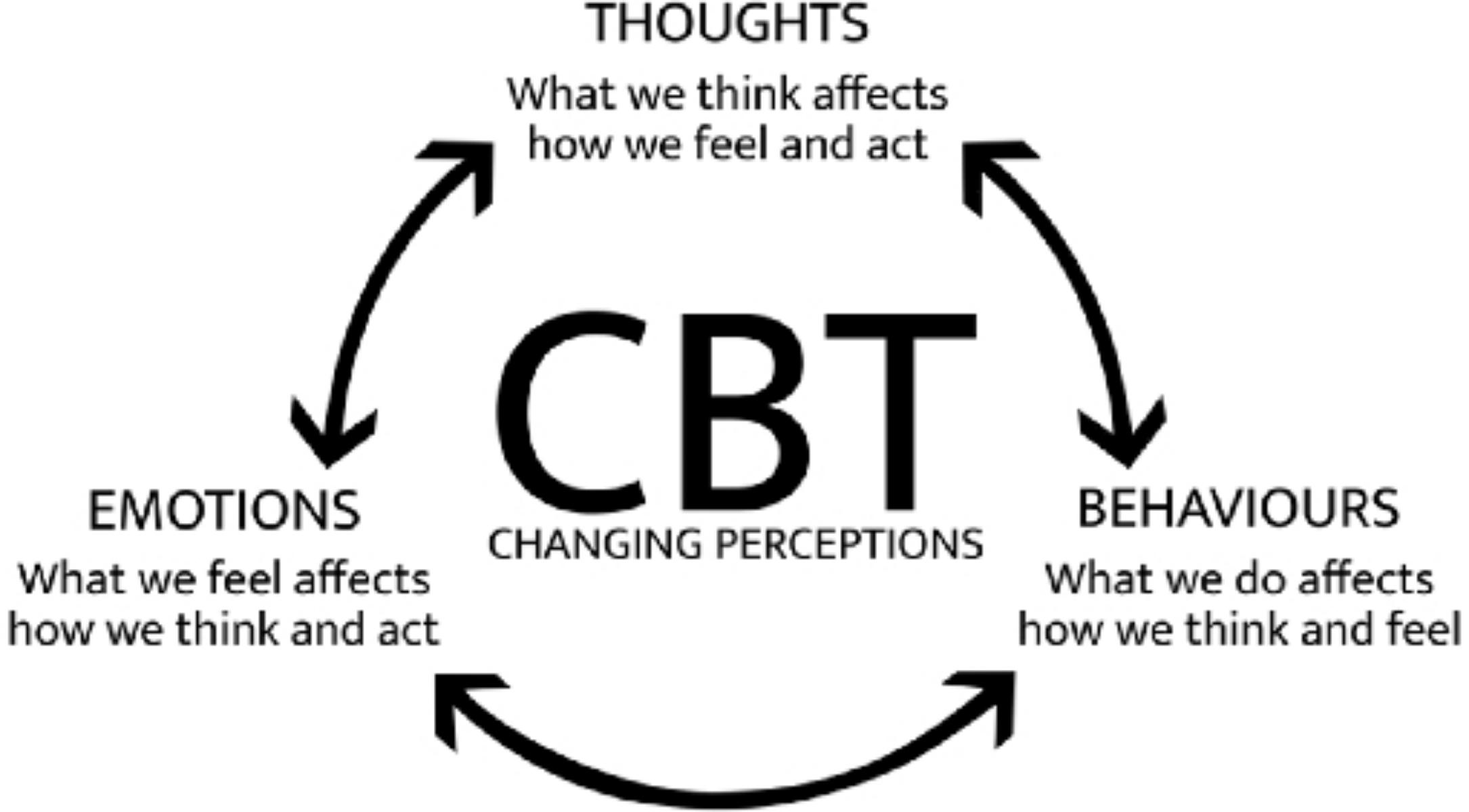3. Cognitive Behavioral Therapy (CBT)
- Principle: Changing negative thought patterns and behaviors through structured intervention.
- Application: Identify and challenge cognitive distortions, then replace them with more realistic and positive thoughts. This helps in creating new neural pathways for healthier thinking.
77
598 reads
CURATED FROM
IDEAS CURATED BY
The brain network operates through two primary memory modes: short-term memory and long-term memory.
“
Similar ideas to 3. Cognitive Behavioral Therapy (CBT)
Cognitive Behavioral Therapy (CBT)
CBT helps people learn different ways of thinking about and reacting to anxiety-causing situations. A therapist can help you develop ways to change negative thought patterns and behaviors before they spiral.
Cognitive Behavioral Therapy (CBT)
- Identify the problems in your life: The first step is to recognize what’s wrong, and what’s bothering you so deeply.
- Become aware of the thoughts, emotions and beliefs that surround these problems.
- Identify incorrect thinking:
Cognitive-behavioral therapy (CBT)
CBT is the most effective psychological therapy for people who have shyness and social anxiety.
CBT enables you to identify negative thoughts. It helps you realize what behavior is unhelpful, such as avoiding eye contact or rehearsing what you're going to say.
Read & Learn
20x Faster
without
deepstash
with
deepstash
with
deepstash
Personalized microlearning
—
100+ Learning Journeys
—
Access to 200,000+ ideas
—
Access to the mobile app
—
Unlimited idea saving
—
—
Unlimited history
—
—
Unlimited listening to ideas
—
—
Downloading & offline access
—
—
Supercharge your mind with one idea per day
Enter your email and spend 1 minute every day to learn something new.
I agree to receive email updates


